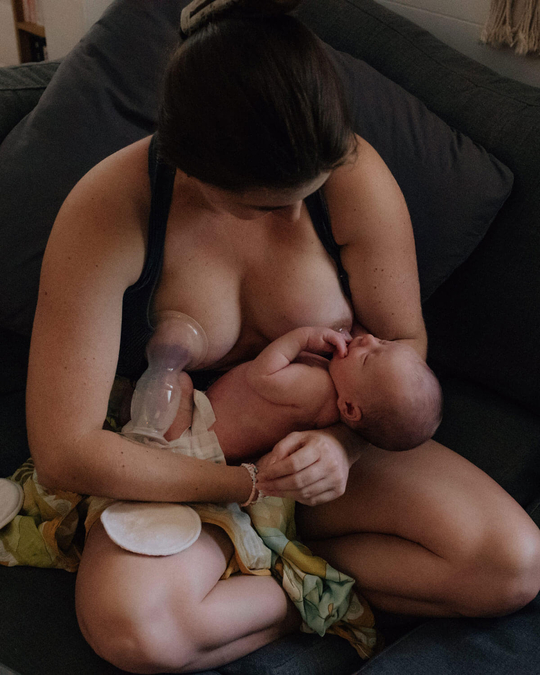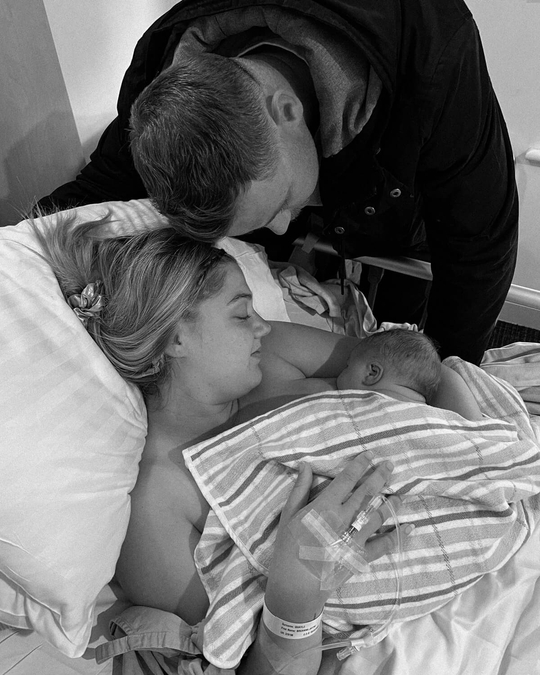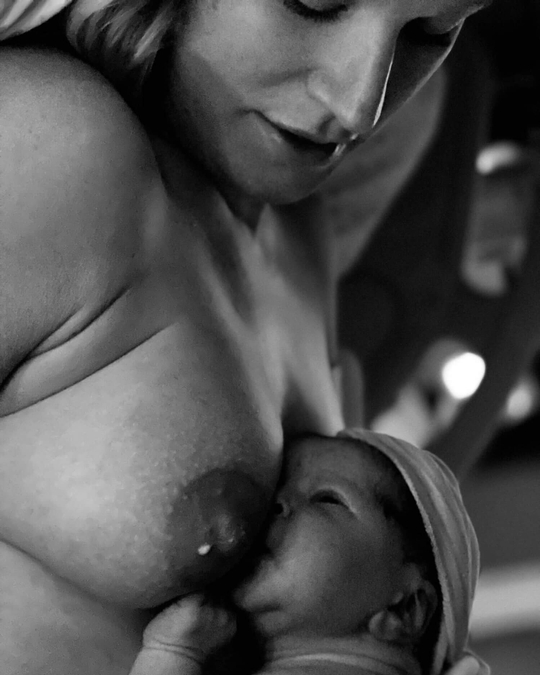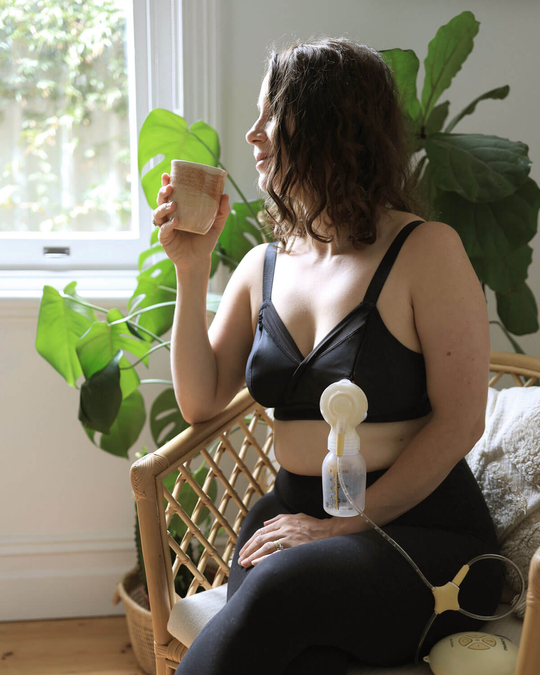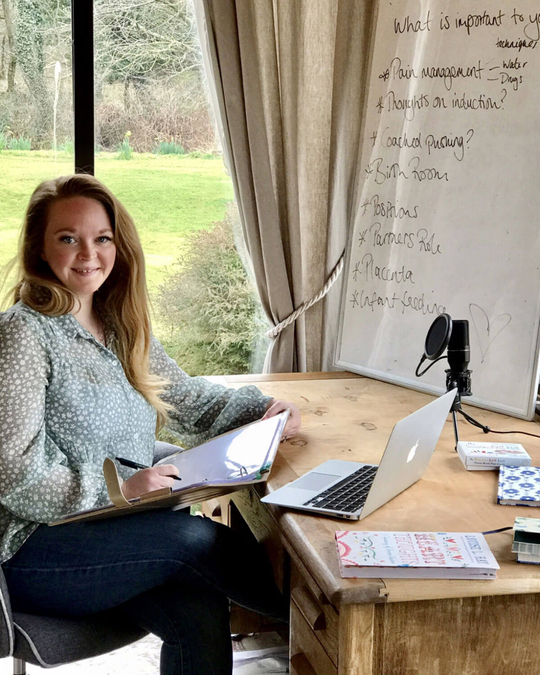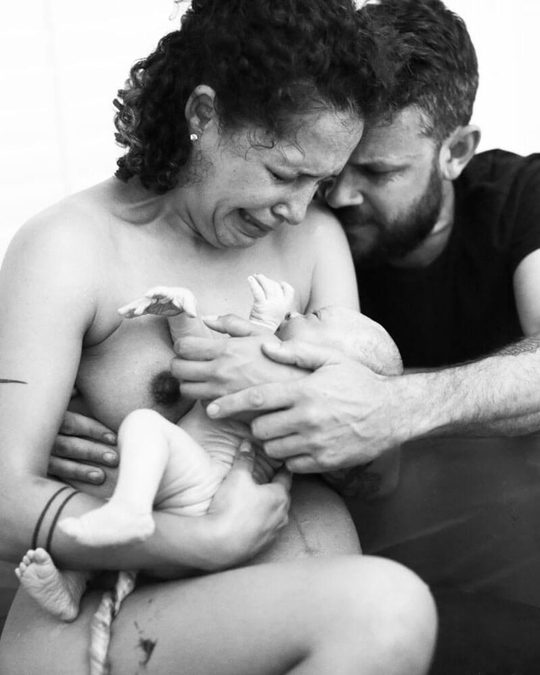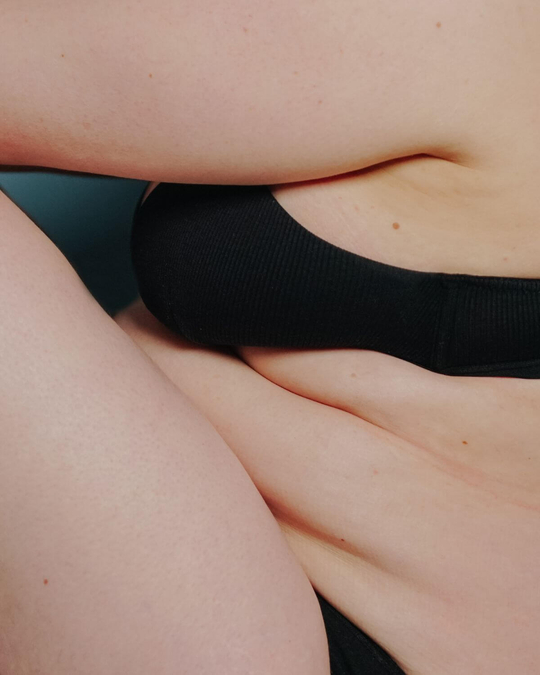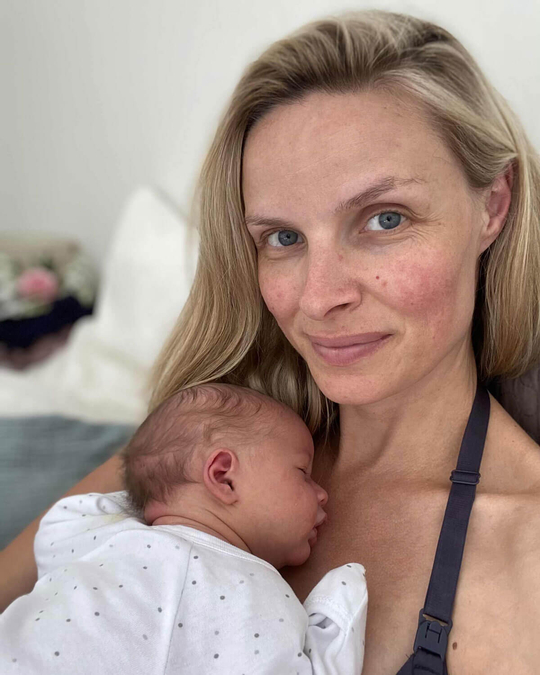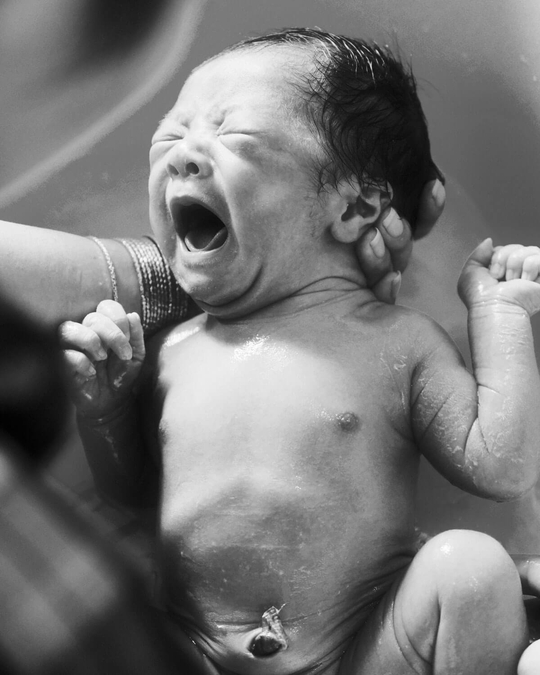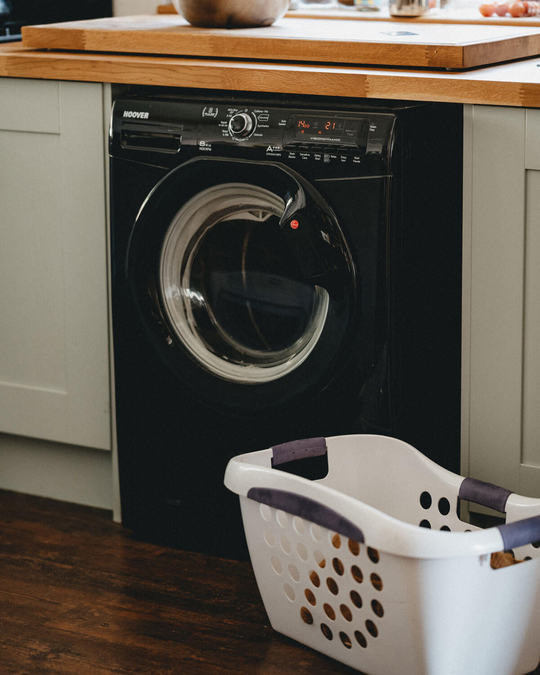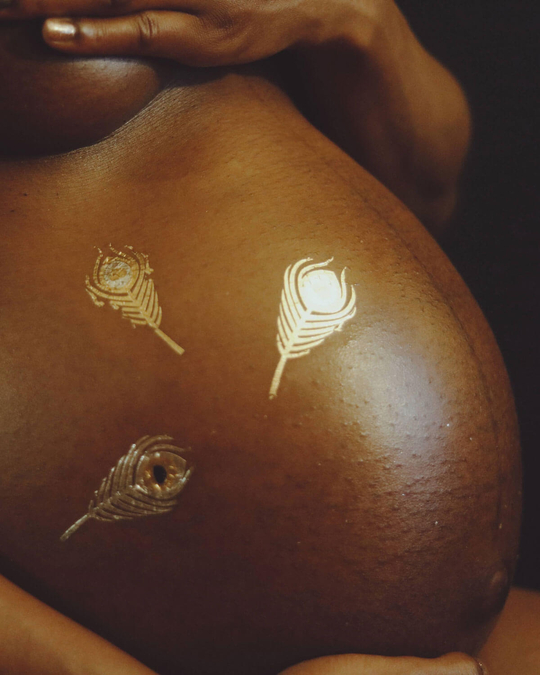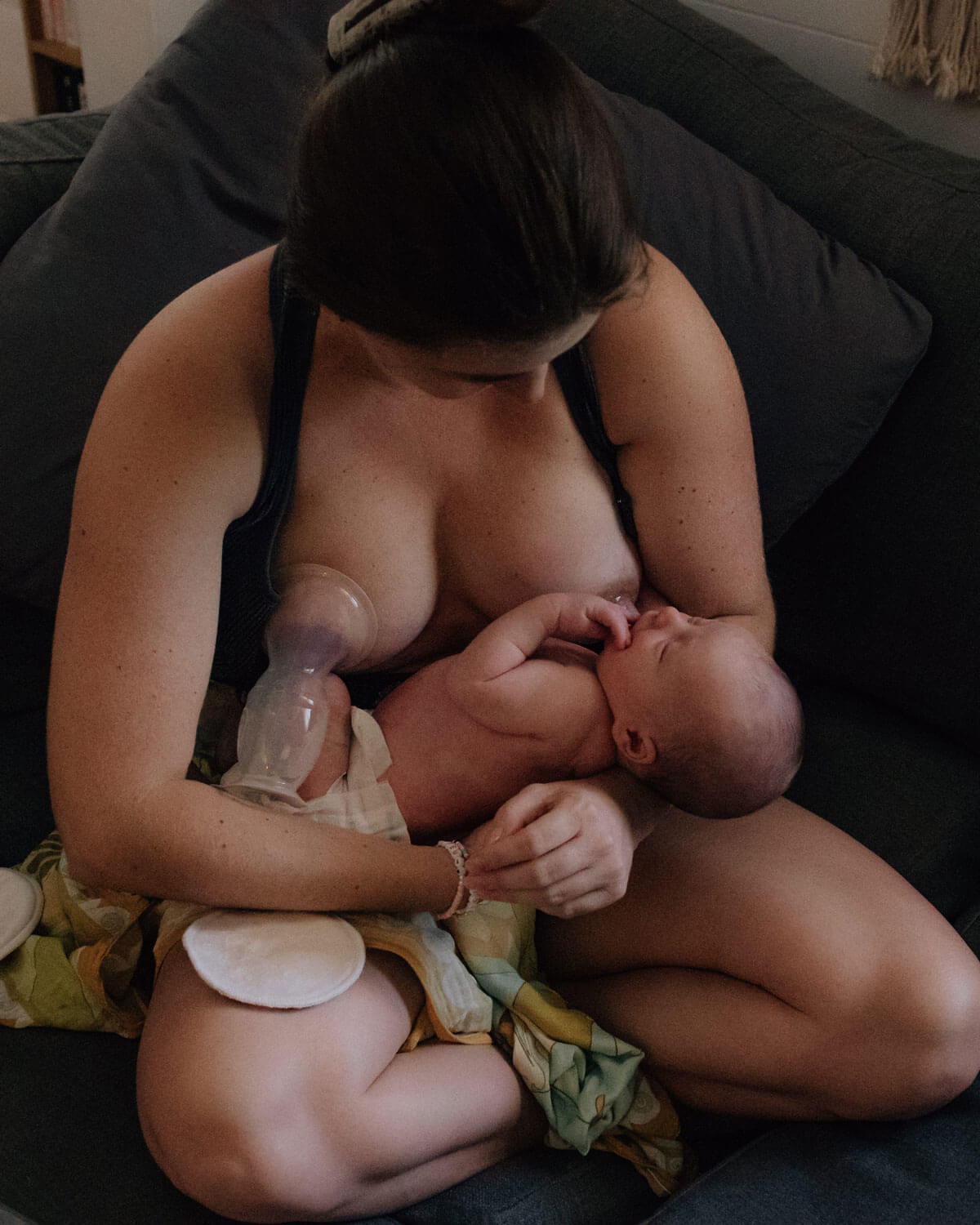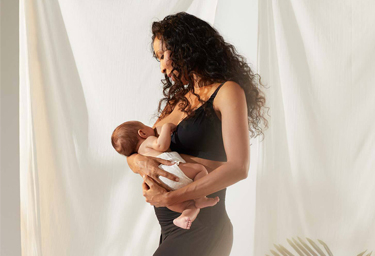You’ve heard breast milk called everything from “liquid gold” to the best food for your baby. But do you really know what’s in it?
Luckily, Lactation Lab has been studying breast milk for years. In fact, they even test breast milk for moms and provide them with a personalized “nutrition label” and recommendations on how to optimize it.
What’s in this life-giving elixir specifically? Milk is a mixture of water, proteins, fat, lactose, and minerals. Breast milk in particular is made of Calcium, Phosphorous, Magnesium, Potassium, Sodium, and Chloride, but it gets even more complex the closer you look at it.
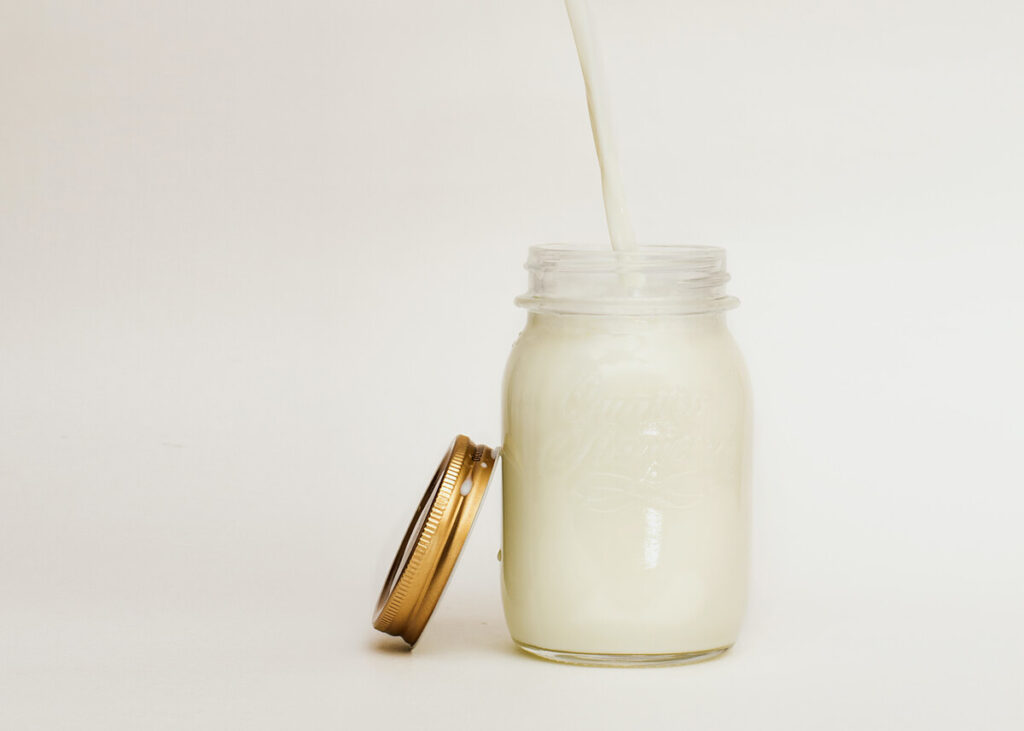
Here’s the skinny: Fats are your friend!
The star of breast milk is the nutritious fat content. Babies absorb 92% of their mother’s breast milk lipids (lipids are a type of fat). Babies especially need the fat content in milk to serve 50% of their energy needs. Fats are also the building blocks of tissue in their growing bodies. Your body is amazing at knowing what your baby needs! For example, preterm mothers (mothers who give birth before 37 weeks) have a 30% higher level of fat content than mothers who were pregnant for a full term, which is perfect for preemie babies that need that extra nutrition.
Fat in breast milk is formed from fatty acids such as arachidonic acid (ARA), linoleic acid (AL), linolenic acid (ALA), and docosahexaenoic acid (DHA). Each of these serves an important and special purpose.
ARA forms the basis of the baby’s immune system and helps fight illnesses. ARA creates prostaglandins, which heal tissue that has been injured or infected. Prostaglandins also help with the formation of blood clots, blood flow, and induction during labor. For healthy growth, a baby needs ARAs.
AL and ALA are omega fatty acids. They contribute to a healthy baby by lowering hypertension (high blood pressure). ALA levels in breast milk can be upped with a mother’s diet, like consuming flaxseed oil. Some ALA is converted into DHA, and babies need all the DHA they can get.
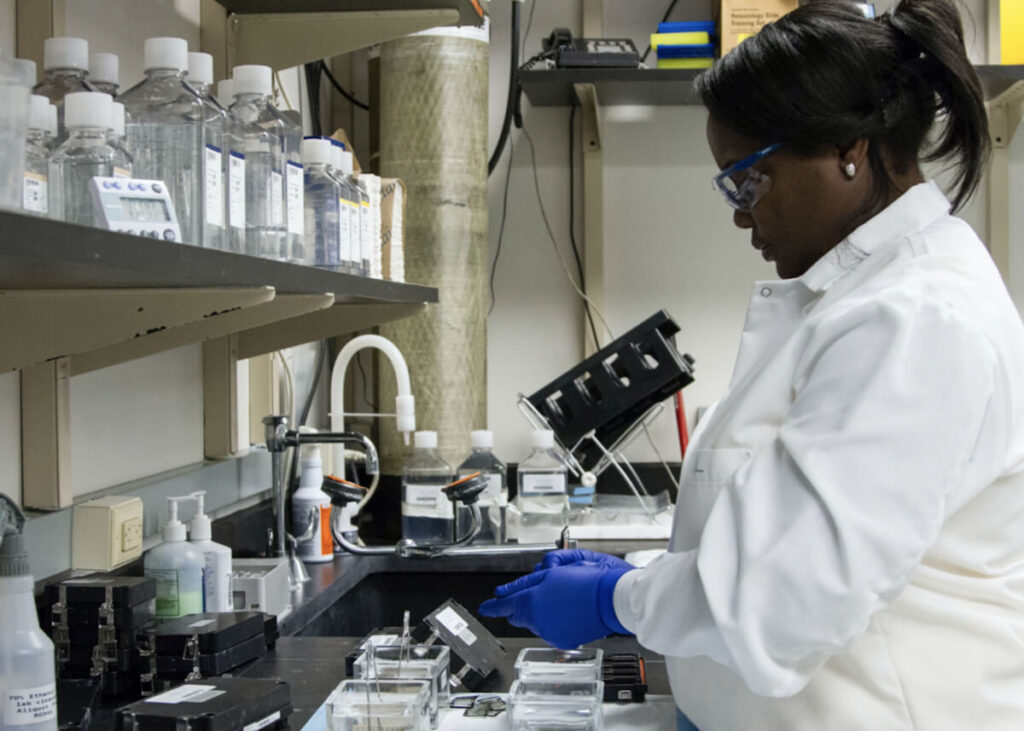
What exactly are you feeding your baby?
DHA is one of the most important fatty acids. Without DHA, the retina in the eye will not form correctly. DHA also contributes to brain development, as it makes up 10% of the fatty acids in the brain. DHA also affects the reuptake of serotonin in the brain. Serotonin is most famous for controlling people’s moods. However, serotonin wears many hats: it allows the cells of the nervous system to talk with one another, and helps control sleep, digestion, and eating.
DHA can almost be replicated in supplemental formula, but not quite, as the most efficient DHA is found in breast milk. Mothers can increase the DHA in their breast milk by eating appropriate amounts of seafood and consuming animal fats. Plants such as walnuts and flax also boost the DHA content in milk.
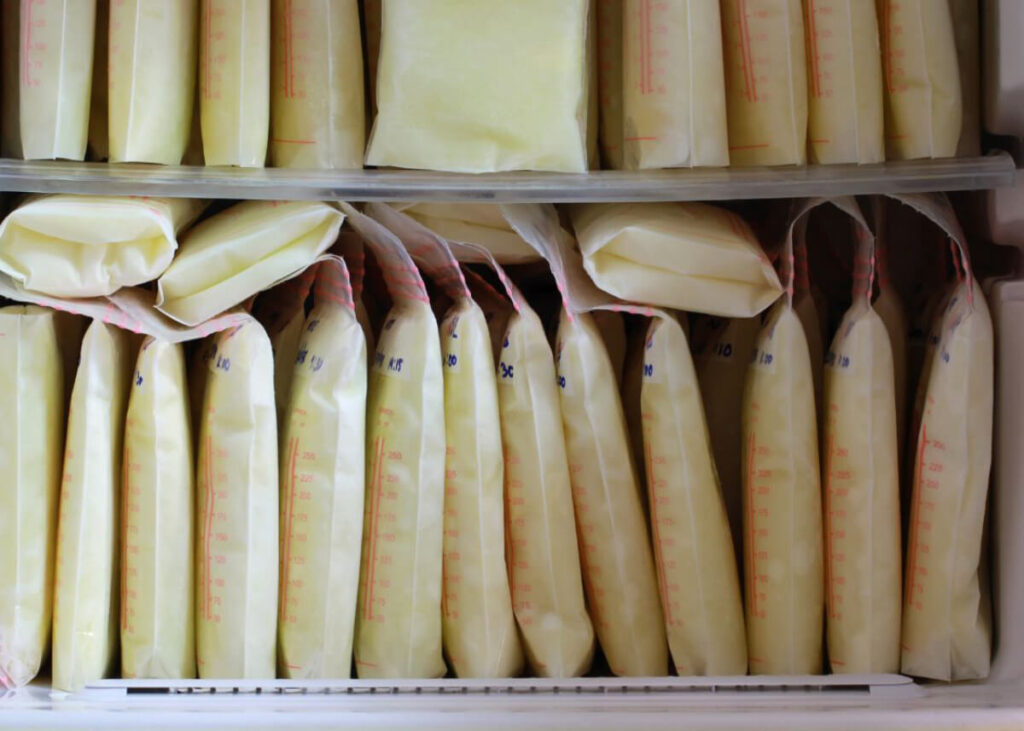
Psssst … your milk changes overtime!
When mothers first begin to nurse, that milk is called colostrum. This is the milk produced after giving birth and it’s loaded with antibodies for additional protection for newborns. Colostrum helps cover and seal the lining in babies’ guts and helps babies with their first bowel movements. High levels of ARA and DHA are in colostrum.
About four weeks after the baby is born, mothers start producing what is known as mature milk, which nutritional content helps their babies fight viruses and bacterial infections. Mature milk is made of life-supporting vitamins, sugars, enzymes, minerals, proteins, and live cells, such as stem cells and white blood cells.
Your breast milk is totally unique. One woman’s breast milk changes based not only on her environmental circumstances, genetic, nutritional, and psychological profile, but it can change on a day-to-day basis. In fact, breast milk changes over the course of a single feed: milk at the end of the feed has a higher fat content than at the beginning of the same feed.
Your breast milk also changes to fit your baby’s needs. If a mother and baby acquired an infection, the mother’s breast milk will naturally produce more white blood cells to help heal her baby.
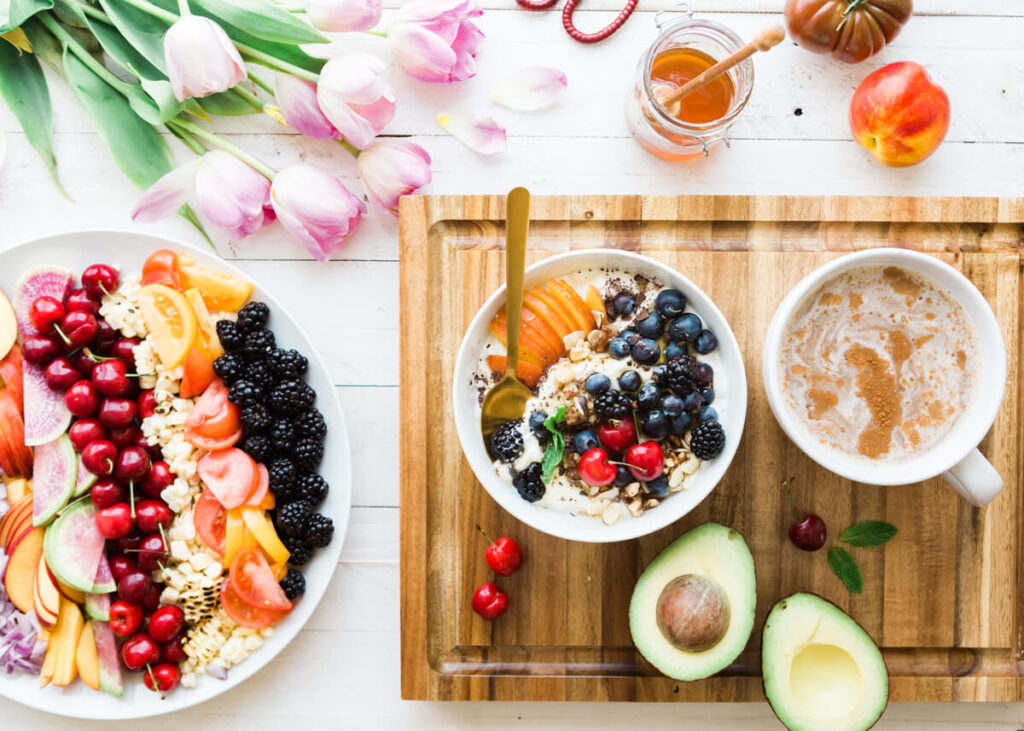
What’s more: your diet changes what is in your milk.
A study in China used something called dietary pattern analysis to focus on fats, protein and carbohydrates. The researchers found three different dietary patterns among the lactating women they studied. The first diet consisted mostly of fresh vegetables and legumes. The second included red meat, eggs, and cereal. The third main diet had fungi and algae, dry legumes, and soy milk (1).
It was found that the mothers who ate more red meat, eggs and cereal had more protein in their breast milk. Also, a longer lactation period resulted in more lactose, the main carbohydrate found in breast milk. In fact, the amount of protein went down with the lactation period while lactose went up.
Overall, the concentration of these macronutrients were found to be related to the dietary patterns of the mothers (1). Protein is essential for physical and brain development in newborns and premature babies who need more than term babies. If a baby has less protein than it needs, a planned diet can really help. Mothers can improve the lack of protein in the baby’s nutrition by adding protein to their own diet. Foods that are rich in protein include eggs, dairy, beans, lentils, lean meat, and low-mercury seafood (2).
A majority of physicians agree that breast milk is the best for babies, especially when the mother is eating a healthy, nutritious diet. Beyond what we’ve already talked about, breast milk helps babies regulate their sterol metabolism, which stops cholesterol from clogging their arteries. This prevents cardiovascular disease later in life. Breast milk also lowers the chance of your baby contracting meningitis, diarrhea, respiratory infections, and ear infections. Breast milk is truly liquid gold, and not even the alchemists of modern day laboratories can make it quite like a mother can.

Lactation Lab was born out of my own personal experience.
Breastfeeding was difficult for me — incredibly painful, time consuming and exhausting. My expectations were that breastfeeding should be this easy, natural bonding experience with my newborn. But instead it felt overwhelming and my breastfeeding struggles made me feel like a failure — or worse, a bad mom.
When my second child was born, I resolved to breastfeed exclusively – I thought if I just tried harder, it all would be easier. However, my daughter was diagnosed as “failure to thrive”, meaning that she was not getting enough nutrients to grow. If I breastfed her, she wouldn’t have a bowel movement for days, but the second I fed her formula she would feel better. Despite my effort and dedication to breastfeeding, the situation felt totally out of my control and I didn’t know what to do or who to turn to.
As a physician at UCLA — with a practice largely consisting of new mothers and babies — I looked everywhere for answers. While the Internet was full of well intentioned (but often contradictory) advice, I was surprised to find that there were essentially no evidence-based resources available. I thought, “of all the lab tests I can order, why is there no way of knowing what is in my own milk?”
I started digging into the scientific journals and found that there was evidence based research into the science of breast milk. An abundance of studies showed diet modification had a positive impact on breast milk quality and infant health outcomes.
In early 2017, I began testing breastfeeding patients in my practice and guiding their diets according to the research to help improve their milk quality. My goal was to provide individualized feedback to these moms and remove the guesswork from the breastfeeding process. I worked with hundreds of patients in my practice and saw how their perspective on breastfeeding shifted from a feeling of being overwhelmed to one of empowerment. The progress my patients were making was so encouraging that I resolved to make this type of support available for as many families as I could.
I founded Lactation Lab with the mission to provide parents with scientific and evidence-based insights, resources, and guidance. In a sea of misinformation, we want to provide concrete data and actionable advice. We take a “less is more” approach and typically find that a little fine-tuning goes a long way. Often it’s as simple as eating more greens, adding Vitamin C, or reducing rice intake to minimize exposure to arsenic. It’s so gratifying to see a mother’s fears and frustrations with breastfeeding transform into reassurance and confidence.
I believe that every mom deserves access to information on how basic lifestyle changes can improve the quality of her breast milk and optimize her child’s health and nutrition. This possibility is at our fingertips. Whatever your views or preferences are for breastfeeding, we hope to support you in making the choices that are best for you and your family. With all the uncertainties there are during motherhood, we strive to eliminate the guesswork for this one.
— Dr. Stephanie Canale
References
1. Huang, Zhi and Hu, Yu-ming. “Dietary patterns and their association with breast milk macronutrient composition among lactating women.” International Breastfeeding Journal, 15:52, 2020, pp.1-10.
2. Mayo Clinic Staff: https://www.mayoclinic.org/healthy-lifestyle/infant-and-toddler-health/in-depth/breastfeeding-nutrition/art-20046912











